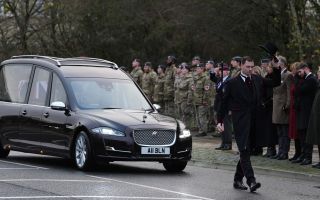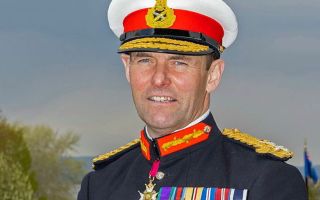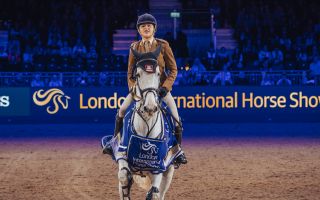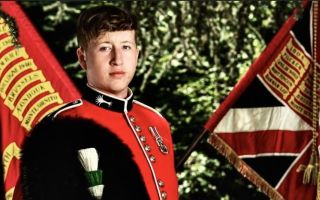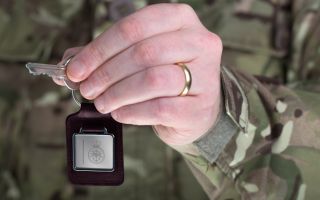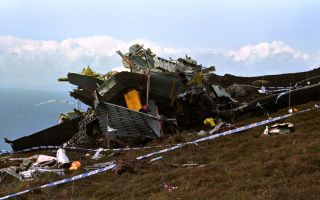The King's birthday: Why do we have gun salutes?
Gun salutes are being heard across the UK amid some atrocious weather to mark the King's birthday today – but why do we have gun salutes and what are the origins of the tradition?
At midday, a 41-gun royal salute from King's Troop Royal Horse Artillery was sounded in London's Green Park.
On the other side of the capital, the Honourable Artillery Company (HAC) Regiment transported four 25-pounder artillery guns to the Tower of London, where Army Reserve soldiers positioned them on Tower Wharf and fired a precise 62-gun Royal Salute.
What are gun salutes?
Customarily fired both onshore and at sea, gun salutes are a sign of respect or welcome.
Royal gun salutes follow proud traditions and are fired on special occasions such as anniversaries and birthdays, and in the event of a death, by military personnel from various locations at saluting stations across the UK and abroad as a mark of respect and admiration for the monarch.
Royal salutes are traditionally fired from locations in London, Portsmouth, Colchester, Plymouth and York in England, Edinburgh Castle in Scotland, Cardiff in Wales, Hillsborough Castle in County Down in Northern Ireland and Gibraltar.
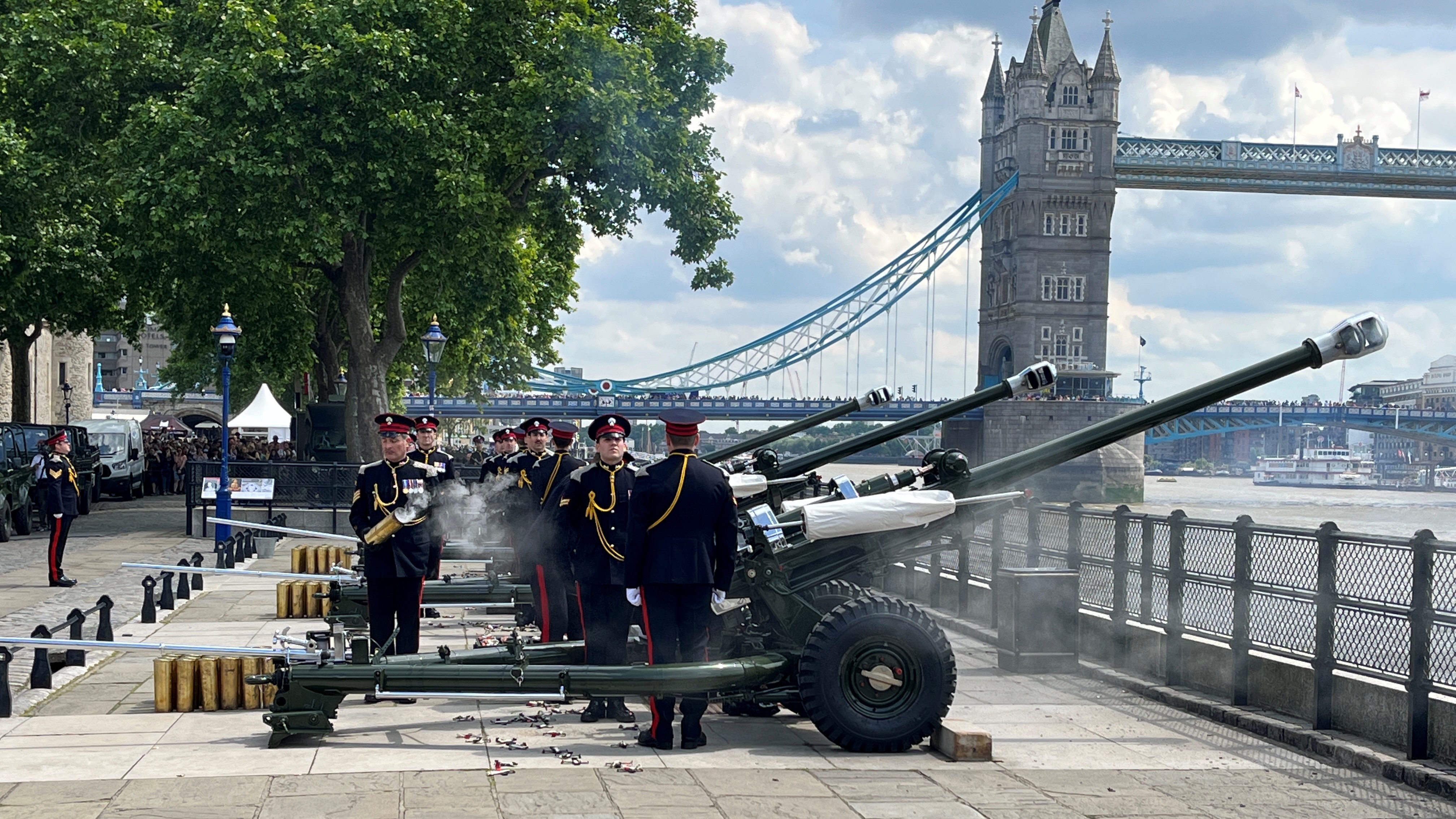
21, 41 or 62? How many salutes and why?
Twenty-one is the most common number of gun salutes. The theory as to why the number this number was chosen dates back to the early days of sail when the tradition began.
According to one theory, British ships in the 15th Century would have seven guns on board. So when coming into foreign harbours they would fire seven times, signalling that their ship was now unarmed and came in peace.
To welcome the incoming ship, the guns in the harbour would then fire three shots for every shot fired by the ship – three times seven – making it 21 shots, hence the origin of the standard 21-gun salute.
The number of gun salutes varies depending on location, with more salutes added to the standard 21 depending on where the saluting is taking place.
If the salute is fired from a royal park or a royal fortress then 20 rounds are added – making it a 41-gun salute.
This was ordered by the Board of Ordnance in 1827. The order with the instructions stating that 41 salutes was correct when fired from a royal park or the Tower of London came out in 1831.
If the salutes are fired from the City of London then an extra 21 is added, said to be a sign of loyalty from the citizens of the City.
For example, if it is a royal occasion such as a birth, ascension or coronation, marked by gun salutes from the Tower of London, then 62 shots are fired – 41 because it is a royal occasion marked from the Tower and 21 extra for the City of London.
The last time gun salutes were heard in London was to mark the King's Coronation in May.
The moment the King was crowned inside Westminster Abbey, gun salutes were heard across the country, including on Royal Navy ships.
The Coronation gun salutes involved 400 personnel across 13 locations and deployed Royal Navy vessels.
Gun salutes were also echoed across the Commonwealth, with Canada marking the coronation with a 21-gun salute in Ottawa.
Prior to that, gun salutes were heard across the capital to pay tribute to Queen Elizabeth II after her death in September 2022.
The salutes took place in locations including Cardiff Castle, Edinburgh Castle, Hillsborough Castle, York, Portsmouth and Gibraltar.
What is a salvo?
A salvo, a simultaneous discharge of fire by artillery or other type of gun, is a special form of gun salute, being fired during a coronation at the moment the crown touches the monarch's head.
It is the official signal to the public that the monarch has been crowned.
For the late Queen's coronation in 1953, a salvo was fired from Green Park, but for King Charles III the guns were fired from Horse Guards Parade so the gunfire was audible within Westminster Abbey where the coronation took place.
This was the first time in British history that a six-gun salvo had been fired from that location.
Where does the tradition originate from?
The firing of gun salutes is a custom dating to the early days of sail.
Ships, when on goodwill visits to foreign ports, discharged all their guns to seaward on arrival thus indicating to the authorities ashore that they came in peace with empty guns.
In ancient times, even numbers were associated with mourning, therefore the number of these gun salutes was always odd.
Today gun salutes are a mark of respect and honour for royalty, heads of state and certain military personnel.
The tradition started in 1730 when the Royal Navy began firing 21 times to mark certain anniversaries.
In 1808, the practice was cemented when the 21-gun salute became the mandatory standard salute for the Royal Family and heads of state.
Who fires the guns?
In London, the honour falls on the King's Troop Royal Horse Artillery in the royal parks and the Honourable Artillery Company at the Tower of London.
Today, the role of the King's Troop is purely ceremonial.
Its important history dates back to 1793 with the formation of the Royal Horse Artillery.
The unit in its current form was created in 1946 by Royal Decree to have "A Mounted Battery to fire salutes on state occasions, dressed in the traditional style".
Initially, the Royal Horse Artillery was known as The Riding Troop. King George VI renamed it in his own honour by scratching out the word "Riding" in the visitor's book and replacing it with "King's".
When Elizabeth II became Queen, she kept "King's" in the name in honour of her father.
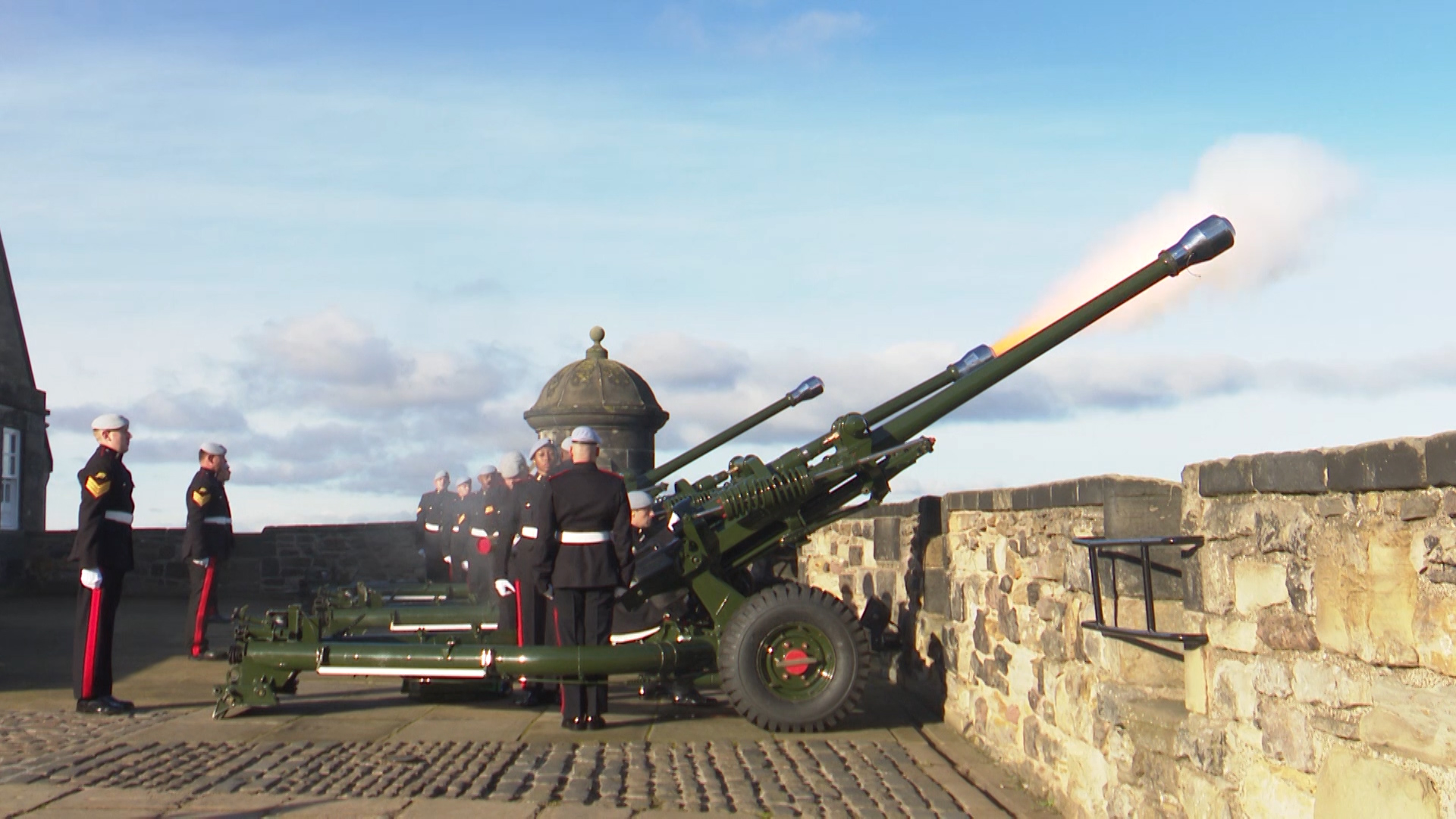
What kind of guns fire salutes?
The King's Troop Royal Horse Artillery fires a First World War-era Quick Firing Gun.
The Troop has a team of six horses pulling six of the 13-pounder guns which first entered service in 1904.
Other guns used for salutes include the L118 Light Gun, which is a 105mm towed howitzer.
The L118 Light Gun was developed for the British Army in the 1970s.
The Honourable Artillery Company fires a 25-pounder gun that was introduced in 1940 for use in the Second World War.
The guns are fired at 10-second intervals until the desired number of salutes is reached.
If the salutes are taking place in the Tower of London to mark a royal occasion, the 62-gun salute could take just over 10 minutes.

